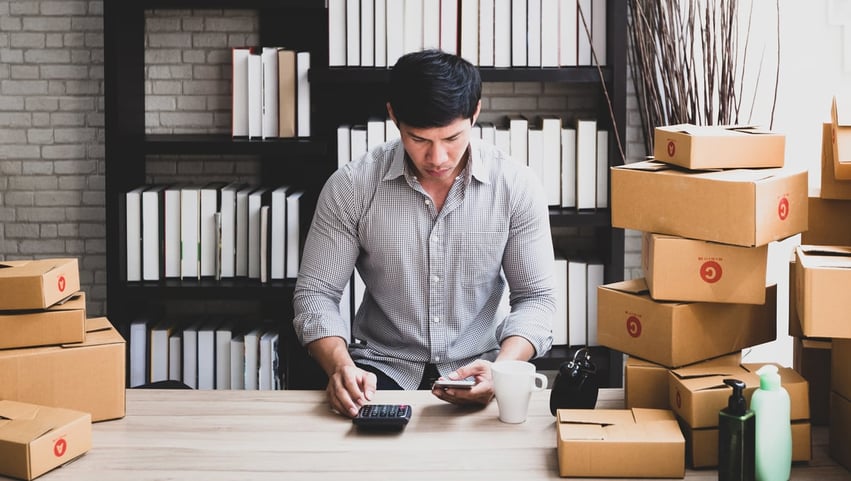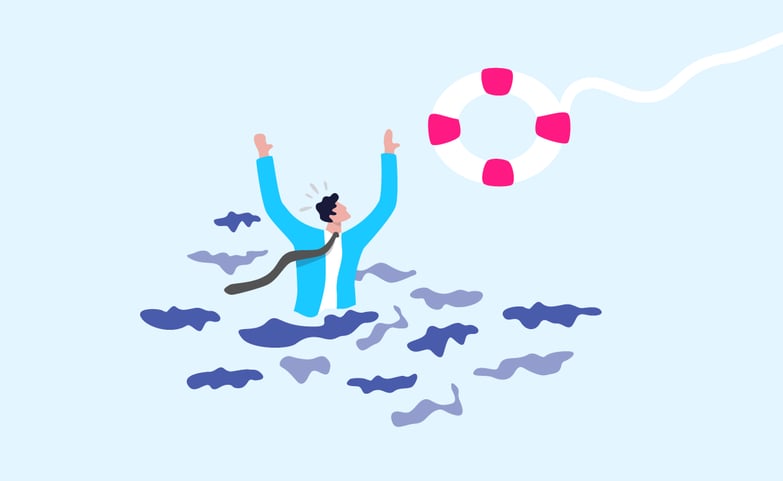As part of a multichannel strategy, it’s crucial for manufacturers and brands to be effectively represented on marketplaces such as Amazon. Providing marketplaces and other sales channels with complete and accurate product data, as part of a data-driven customer service approach, is key to promoting sales and customer satisfaction. There are several ways to be represented on Amazon to this end.
Selling on Amazon: 3 options
On Amazon Marketplace, sellers (Amazon’s term for retailers that sell on the marketplace) have various options for selling, depending on the retailer’s existing logistic capabilities. Companies with their own B2B logistics might also opt to have Amazon ship their products, as they are often unable to ship individual products (in many cases just one item) to end customers or handle returns.
- Fulfillment by Merchant (FBM)
In this model, the Amazon seller is entirely responsible for direct shipping to customers. It’s up to the seller which service provider is used for package delivery. However, it’s critical to adhere to the defined shipping dates. Amazon monitors this in the background for each seller. - Fulfillment by Amazon (FBA)
In this case, shipping to end customers is covered by Amazon’s logistics. The seller simply must send the merchandise to the central Amazon warehouse. After Amazon has added the item(s) to the inventory, the selling process can begin. This makes sense for businesses that want to be scalable without their own shipping logistics. This is the most expensive model since Amazon is responsible for shipping and returns in addition to warehousing. - Amazon Vendor
There is also a special solution for product manufacturers and brands: exclusive cooperation with Amazon via the "Amazon Vendor" program. The merchandise is sold to Amazon, and Amazon handles all the sales, pricing, marketing, and returns for the company. The manufacturer thus plays a secondary role. This program constitutes the closest relationship with Amazon because many levers of control, including price determination, are surrendered to Amazon.
Amazon product data
Product data is crucial to success on Amazon. Each SKU is given its own article number, known as the ASIN (Amazon Standard Identification Number), which is determined by Amazon. Amazon uses this number to control all sales on Amazon Marketplace. Articles are only registered once via the ASIN, but other sellers can use this ASIN. If multiple sellers are selling the same product, they'll use the same ASIN for their listing. However, only the creator of the ASIN has the right to provide the product data. Other sellers can merely adjust their quantities and the price.
Product data can be maintained on Amazon Seller Central.

In addition to information relevant to the product offer, such as price, shipping costs, and promotions, all other product information is entered here as well, including:
- Product name
The product name, which is especially vital to selling successfully on Amazon, is maintained under “Important Information.” The product name cannot be longer than 500 characters and is key for Amazon SEO in particular. - Description
Product descriptions are an important part of any Amazon listing. It allows a detailed description of the product, with a maximum of 2,000 characters. Only some HTML tags are accepted. - Attributes
The product’s USP features are prominently outlined with a maximum of 500 characters. ASCII codes can be used for visual representation. In practice, three to five attribute lines are used to optimally depict the product with the USPs (unique selling propositions). - Images
Quality product photos are critical to selling on Amazon. The main image must only show the product against a white background (RGB value: 255,255,255), and the product must cover at least 85% of the image. If Amazon finds any violation, the product will immediately be taken offline. Interference or additional graphic elements are not permitted in the main image. However, sellers can upload up to eight additional images. A more detailed photographic explanation of the product’s application is advisable. Videos are also permitted in this regard. Images in JPG format must have at least 1,000 pixels on the longest side; 1,600 pixels are ideal to enable the zoom function. - Search terms
The General Keywords correspond to Google’s META Keywords but are entered without a comma between them. They help generate even more hits and rank the product higher. The keywords should be compiled from Amazon’s longtail search. Synonyms are also possible. - Conformity data
This information is legally required and has no direct influence on sales success. Depending on the product category, additional mandatory information, such as electronics, battery, weight, and volume, needs to be entered to list a new product.
To import bulk data, sellers are recommended to use Amazon’s inventory file (Excel) or do it directly via the API. In addition, professional PIM systems with channel integration with Amazon Seller Central allow sellers to manage all relevant product and media data and their variants in a single system. They can easily automate the distribution of up-to-date data in the correct format on Amazon (and all other sales channels). Maintenance via Amazon Seller Central’s backend is too complex in this case.
With the “Manage Your Experiments” feature, Amazon offers so-called A/B testing of product content to help identify the better variant based on the conversion rate.







